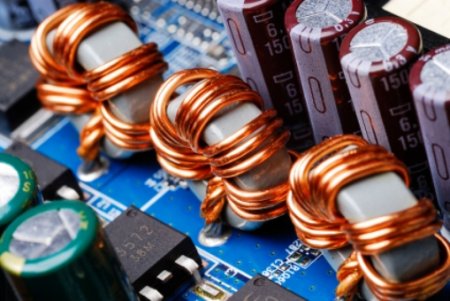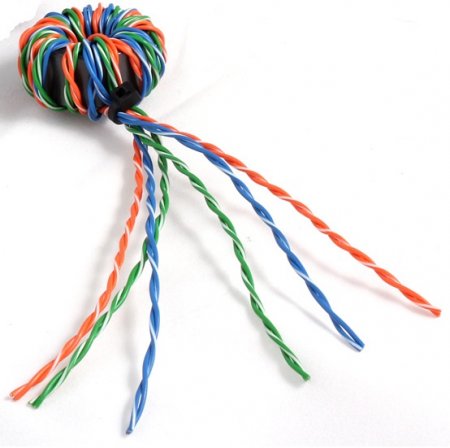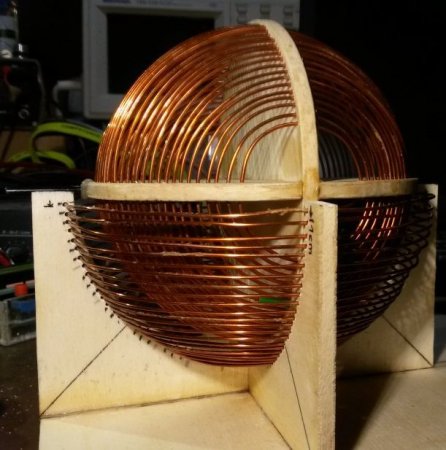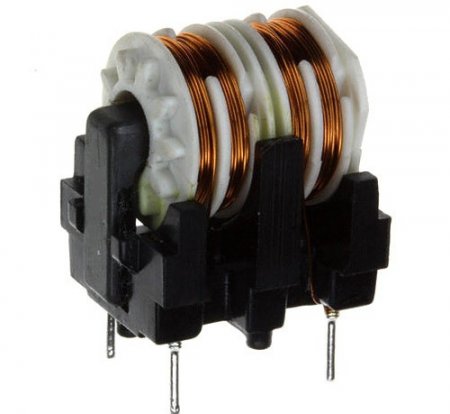Types of inductors
Inductors, as passive elements of electrical circuits, are traditionally used in radio and electrical engineering. In these areas, two main interrelated properties of inductors are used—the property to resist alternating current and to store energy in a magnetic field when the current is passed.
Inductors as chokes are found alongside capacitors and resistors on almost all printed circuit boards of electronic devices. The primary and secondary windings of transformers are also coils, only inductively connected to each other. Fixed inductors as part of oscillating circuits and adjustable variometers. Finally, there are dual common-mode chokes and differential filters. These are all varieties of an inductor, such a seemingly simple thing. However, let's take a closer look at its main varieties.
Connecting coils (transformer connection)
Two or more coils placed relative to each other so that they interact its magnetic fields (sometimes coils are included along with capacitors). In this way, the transformer connection between cascades, circuits and circuits is realized.Two or more circuits are separated by such DC coils.
For example, an audio amplifier has a driver and an output stage that can be separated using a transformer connection. In this simple way, the base of the output stage and the collector circuit of the previous stage of the acoustic amplifier can be connected. Here, the high-quality factor is not as important as for resonant circuits, therefore, the windings of communication transformers are usually wound with a large number of turns and a thin wire, achieving the main thing - high mutual inductance of the connected circuits.
Oscillating chain coils
As noted above, one of the key applications of an inductor is in conjunction with a capacitor. The condenser coil is formed oscillating circuit, which has its own frequency of resonant vibration.
The demands on inductor circuits in terms of quality factor are very high. In addition, the loop winding must have sufficiently high temperature stability. Therefore, the loop windings of resonant circuits are made, as a rule, of sufficiently thick wire compared to the connecting coils. Various oscillators, transmitters and receivers work on the basis of oscillating circuits.
Variometers
The variometer is an adjustable coil. Such coils are useful for adjusting the resonant frequency of tuned oscillating circuits. The two parts of the coil are connected in series and arranged so that one of the parts can physically move or rotate relative to the other. One part is fixed (a kind of variometer stator), the other is a movable rotor inside the stator, it can rotate.
Or another option — one part of the coil, if necessary, just move away from the other. The variometer can be completely coreless, or for example two parts of the coil can be wound on a ferrite core on which the coils can be spaced, or it is possible to adjust the gap in the magnetic circuit itself.
In principle, the designs of variometers are diverse, but the principle is the same — changing the total inductance of the coil by changing the relative position of its parts (the mutual inductance of the parts changes, therefore the total inductance of the variometer also changes). The inductance of the variometer coil recovers sometimes.
Throttle
The property of a coil to prevent the current through its conductor from changing used in chokes… The choke, like any coil, freely passes constant direct current, but has a high reactance to alternating or pulsating current. So, by connecting the choke in series with the load in the AC circuit, you can limit the load current.
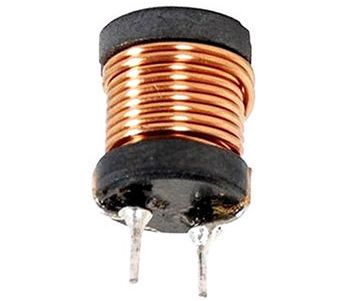
You can often find a choke as a filter in the power supply circuit of an electronic device or as a ballast for a gas discharge lamp connected to a household mains. Mains chokes are made on magnetic circuits made of transformer steel, and ferrite and permalloy are used for RF as well as coreless frames. Chokes in the form of rings or beads are wound on communication cables to suppress common RF interference.
Double throttle
The power supply to the loads from the network is supplied through at least two wires, here there are double chokes.A double choke is made of two windings wound counterclockwise or coupled on a common core or non-ferromagnetic frame. Anti-winding helps filter out common noise in a two-wire network, while matched winding is used to suppress differential noise.
Such twin coils are often found in power supply input circuits, in acoustic engineering and in digital lines. They protect the instrument from high-frequency noise from the mains, and the mains from spurious high-frequency signals generated by the instrument's operating circuits. Double chokes for low-frequency mains circuits have steel cores from a transformer, and for high-frequency - ferrite or no core at all.

